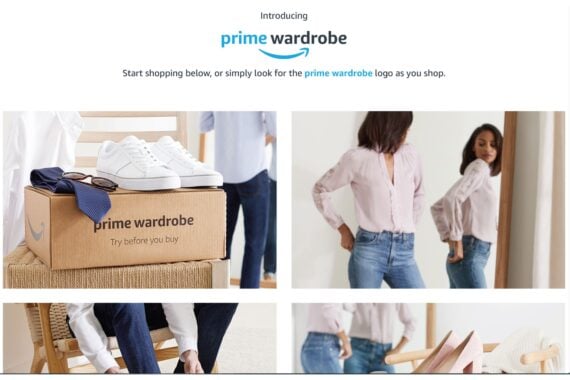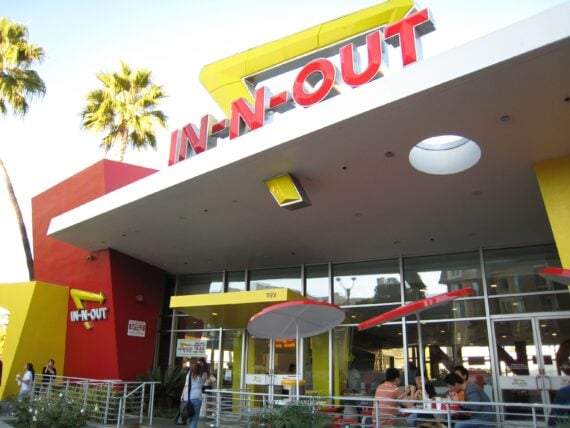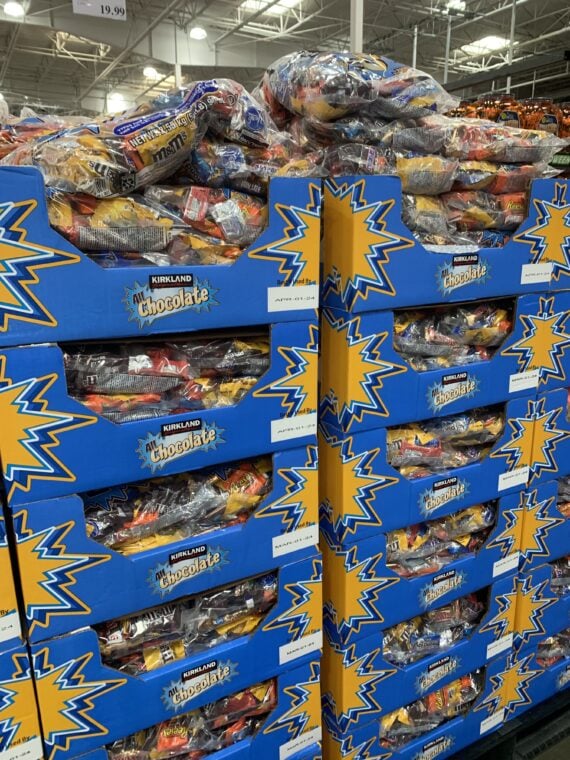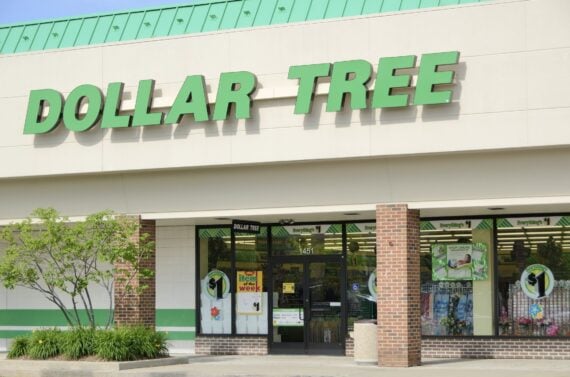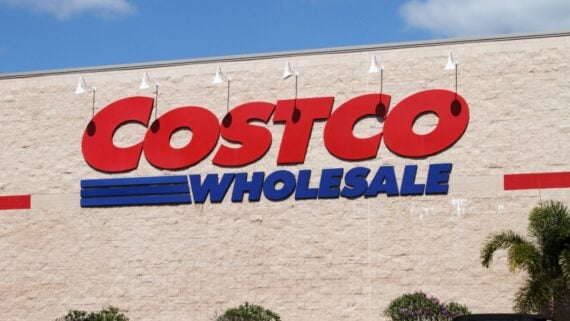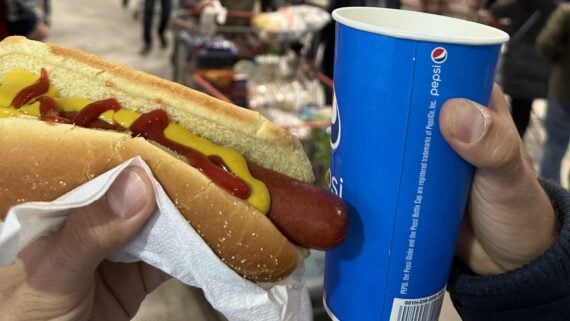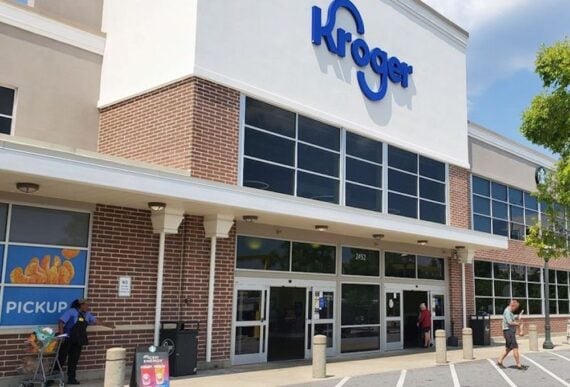In 2018, Amazon rolled out yet another benefit for Prime members: Prime Wardrobe, which allows shoppers to try up to eight items — clothing, shoes, handbags, and jewelry among them — without paying a cent up front. Keep (and pay for) only what you like, send back what you don’t. It’s a concept that’s more relevant than ever, especially during a pandemic that has made in-person shopping inconvenient at best and risky at worst. Here’s what I found out my first time using Prime Wardrobe.
Related: Insider Hacks and Secrets for Shopping on Amazon
It’s Not Like Other Clothing Services
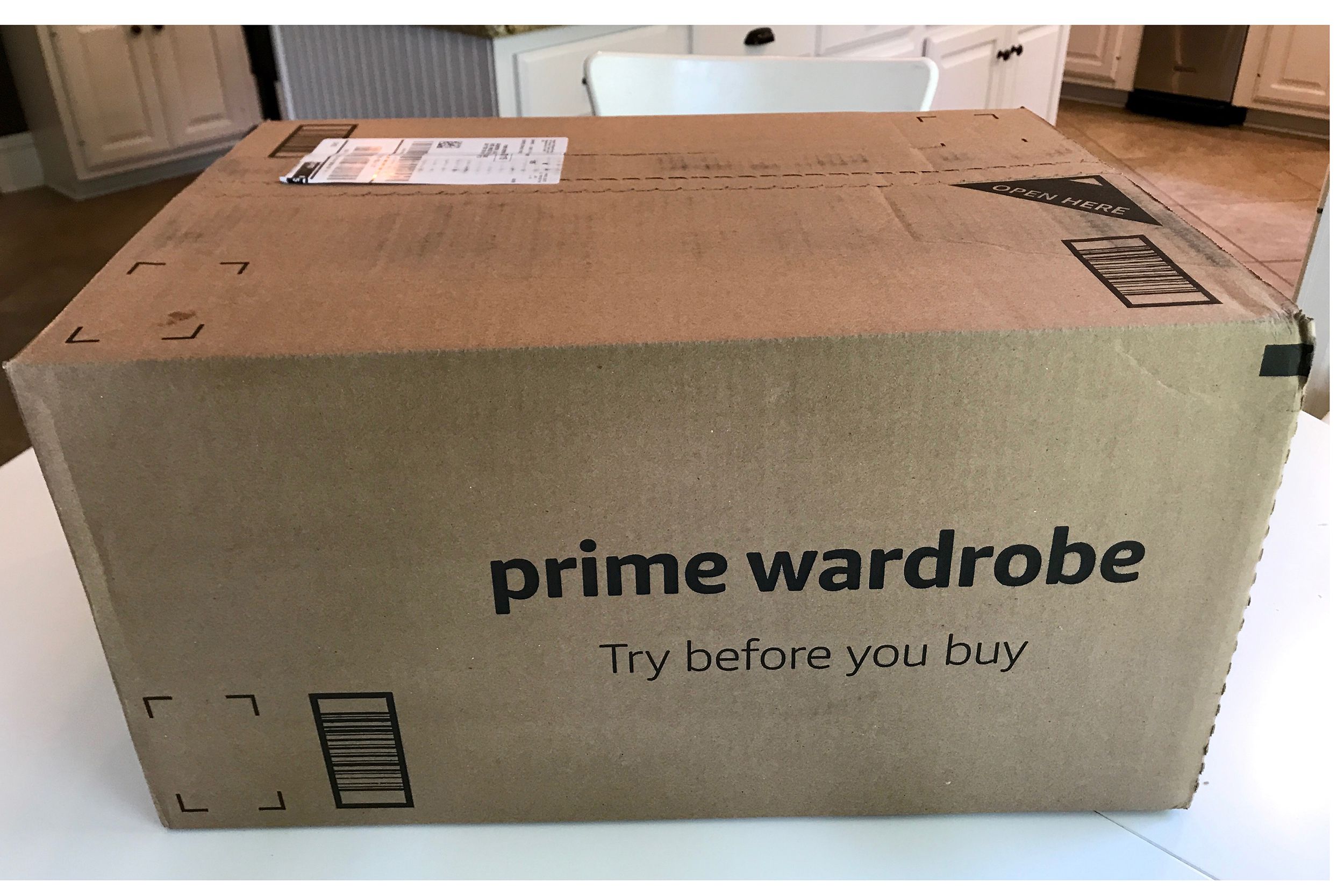
Well-known clothing subscription services like Stitch Fix and Nordstrom’s Trunk Club charge users a recurring fee to receive a certain number of hand-picked items each month. Then you can wear them and send them back once you’re ready, or purchase an item at a discount. Prime Wardrobe is a bit different. Unless you want one (more on that in a minute), there’s no stylist to pick your clothing — that’s all up to you — and you have just a week to try on what you get. At that point, you’ll be charged only for what you’ve kept. There are no discounts if you purchase items, but there’s also no fee beyond your normal Prime membership, either.
Related: New Rules for Clothes Shopping During the Pandemic
You Can Get Stylist Help If You Want It
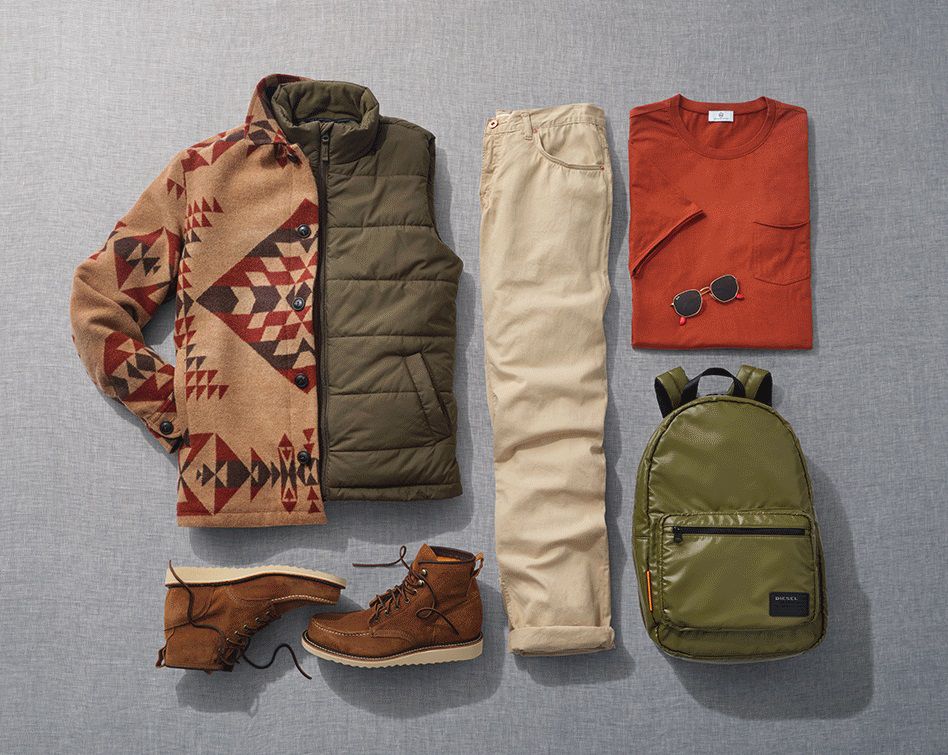
However, if you find that you actually do want a little extra help building your new wardrobe, Amazon has added a Personal Shopper service to Prime Wardrobe. Sign up and you’ll get one crop of hand-curated options a month, based on your answers to a style quiz. You’ll also get a chance to say yay or nay to stylist picks before they’re sent. The service is $4.99 a month and receives decidedly mixed reviews, but it might be worth a whirl if you’re feeling truly lost.
Related: Things You Should Never Buy on Amazon
I Found Plenty of Familiar Brands
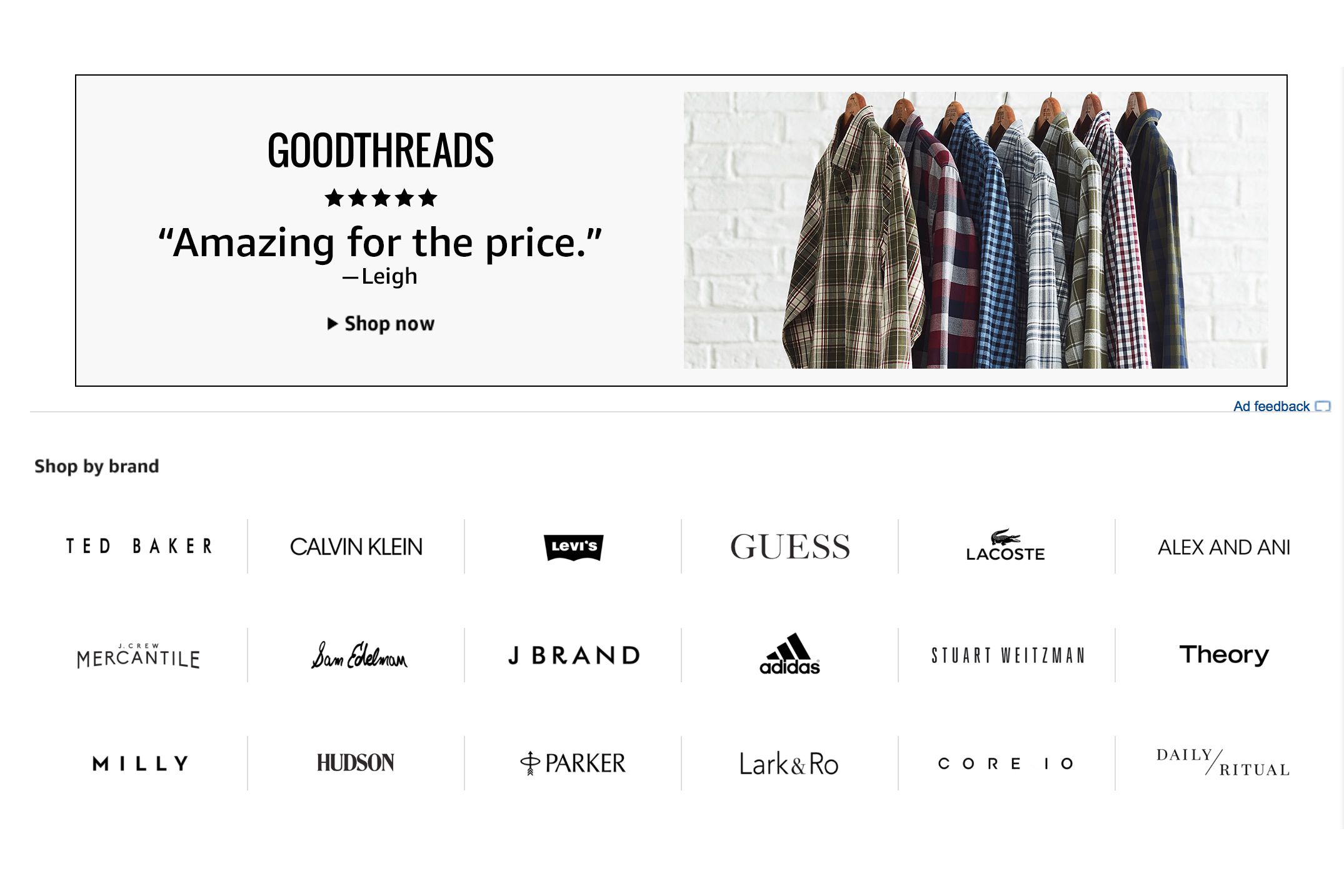
Yes, Amazon makes a ton of its own brands available through Prime Wardrobe. They include women’s labels Lark & Ro and Daily Ritual, men’s labels Good Threads and Buttoned Down, and Spotted Zebra for kids. But there were also familiar names including Calvin Klein, Guess, Levi’s, Columbia, Lacoste, and Adidas. There’s also a “shop by brand” option if you’re label-centric.
Related: Amazon Brand Products That Shoppers Love
Overall Selection Is Only Fair

Amazon may be the 800-pound gorilla of the e-commerce world, but that doesn’t mean you’ll have millions of garments at your disposal when you use Prime Wardrobe. While I hunted for a fall jacket, I had a relatively modest 231 trench coats, rain coats, and anoraks to choose from in my size. I only had 72 black cocktail dresses to browse, too. That may sound like a lot, but consider this: Macy’s carries close to four times that amount of black cocktail dresses in my size.
Sizes Can Be Hit and Miss
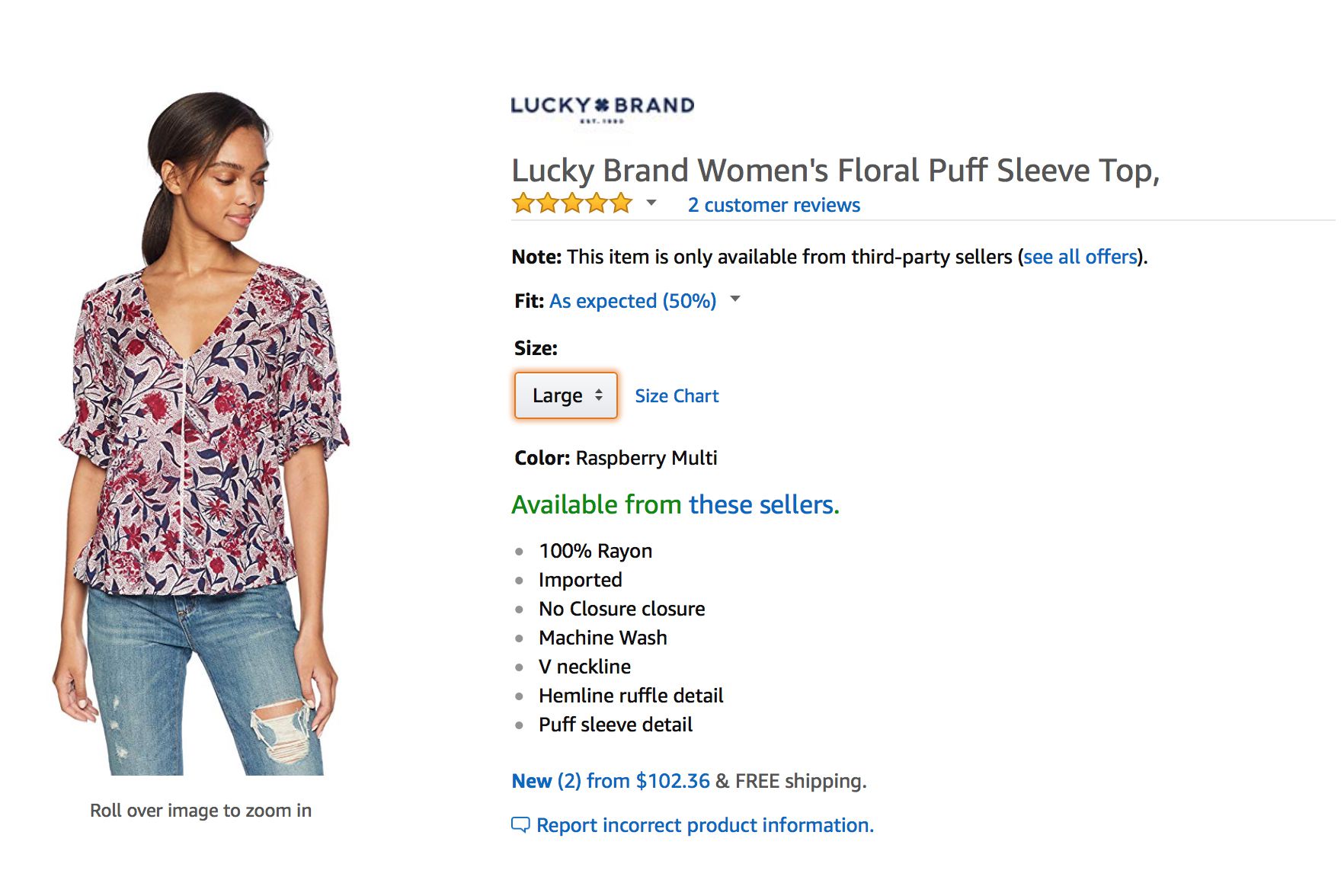
Related: Stores With Comfortable Clothes You Can Wear for Years
Trending on Cheapism
Colors and Styles Are Limited, Too
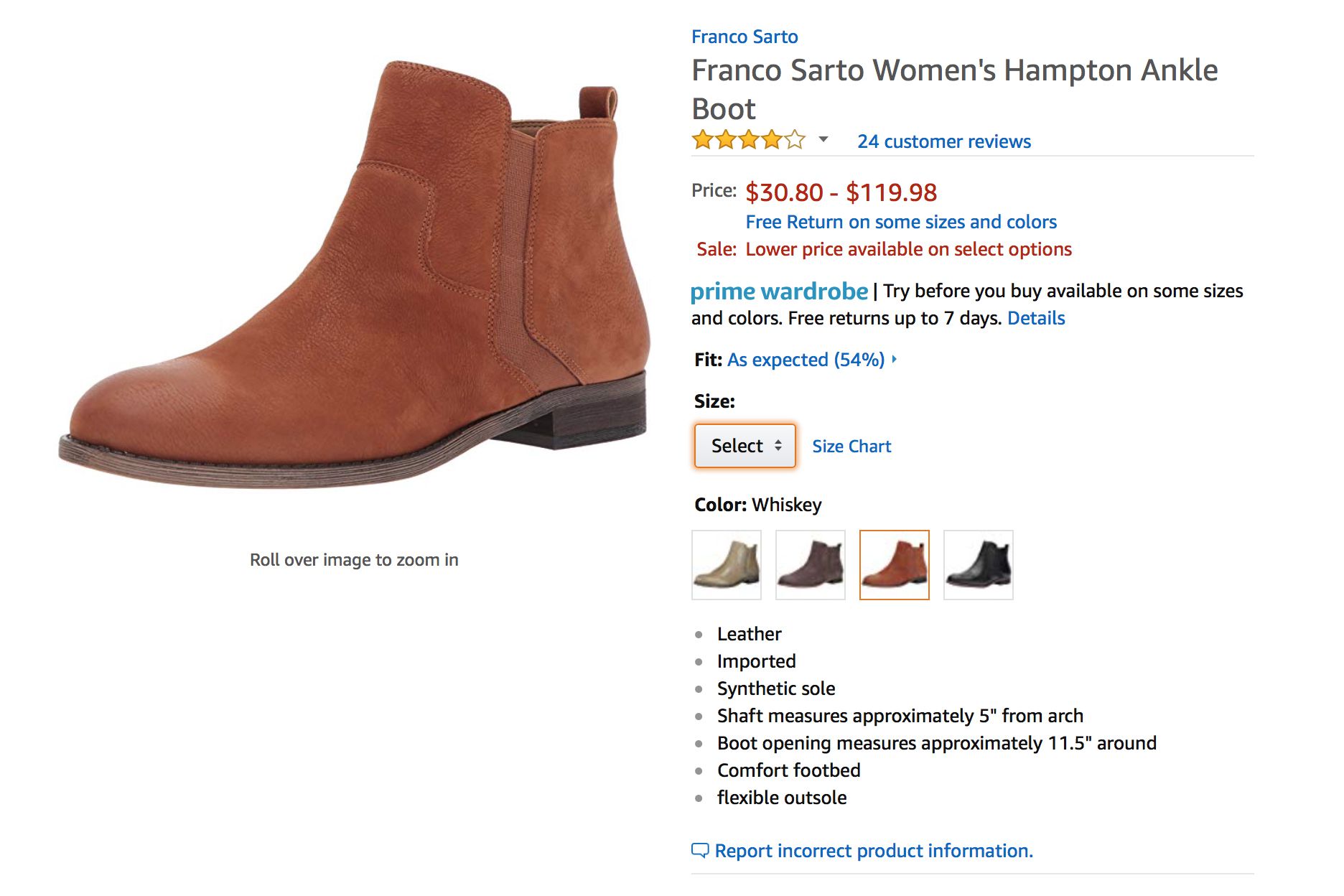
Prices for Name Brands Skew High …
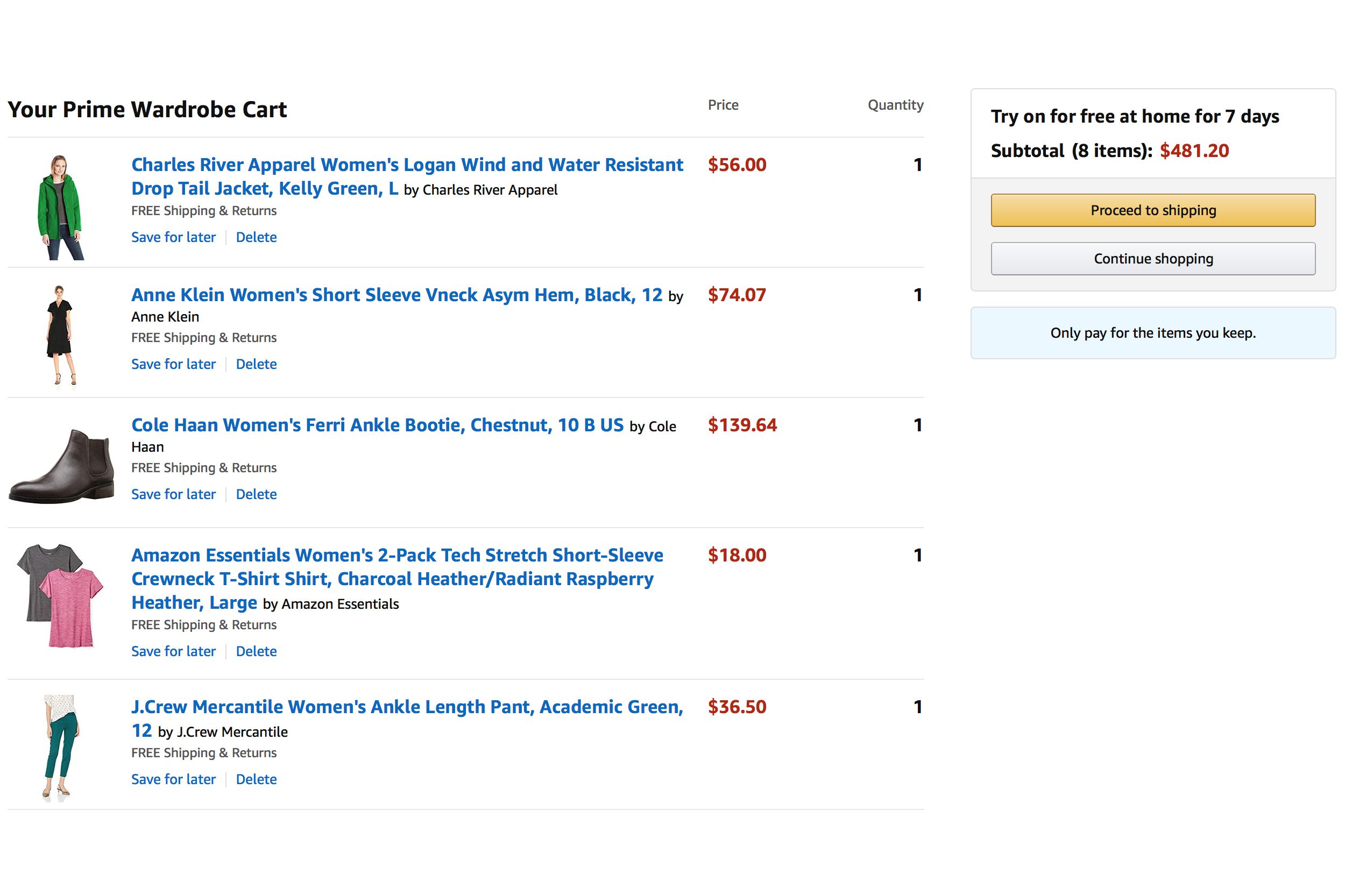
I rarely pay full price for clothing. At the mall, I’ll wait for big sales — or better yet, clearance — but you’ll find me more often at discounters like T.J. Maxx and Marshall’s. As I shopped for ankle boots using Prime Wardrobe, most options were well north of $100 — not a price I’ll typically pay unless I’m investing in something I’ll wear for years. Compounding the frustration: Amazon’s price ranges. I found a pair of Franco Sarto boots that I liked, and while some colors or sizes were as cheap as $31, in my size, they were $119. Searching by price didn’t help much. Even if I specified an upper limit of $75, I’d still be shown boots that were quite a bit more expensive as long as one size or style (ever the one I needed, of course) squeaked in under that number.
Related: Most Regrettable Trends in Fashion History
… But Amazon’s Brands Are a Bit More Reasonable
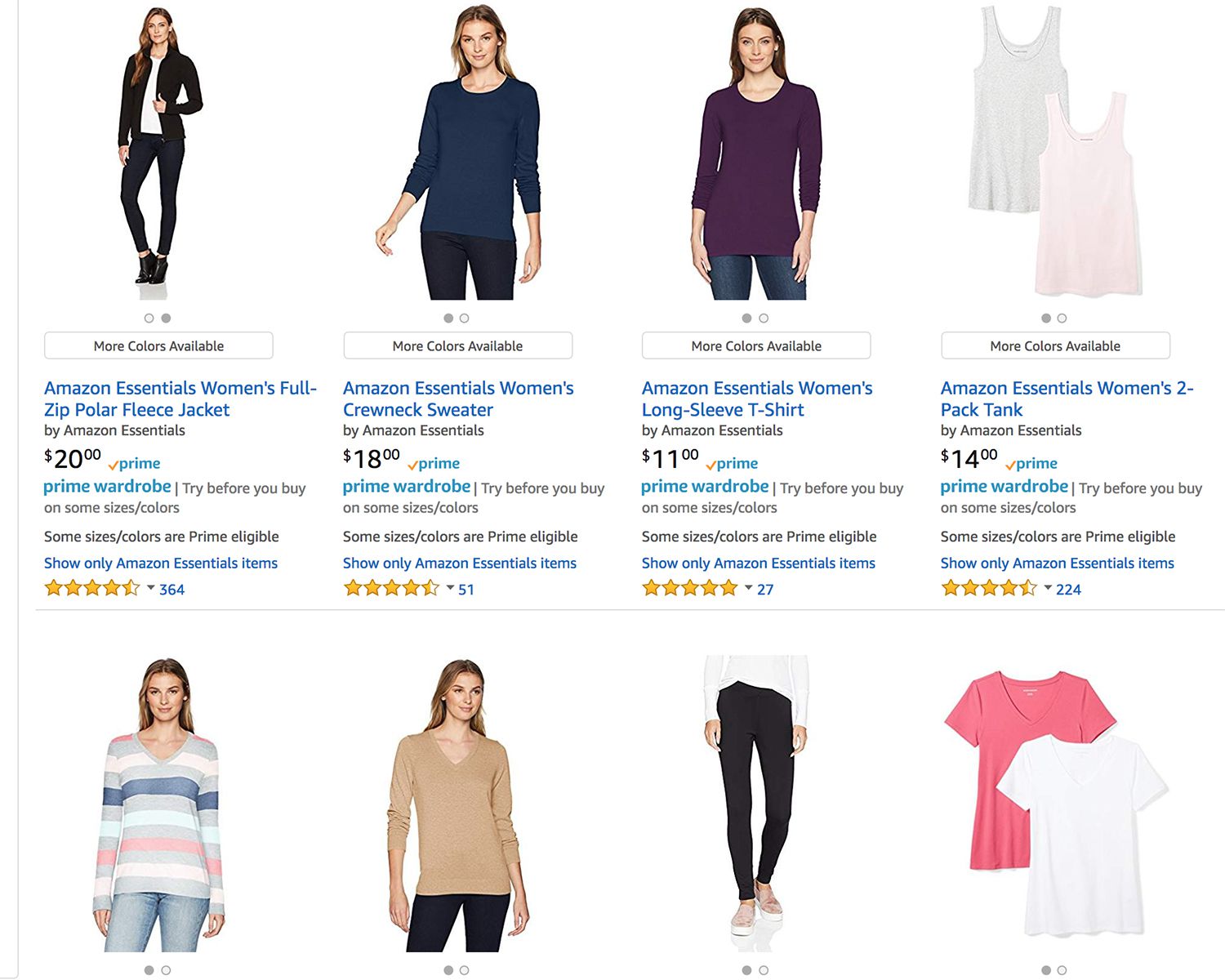
What better way for Amazon to showcase its clothing brands than by undercutting the name-brand competition on price? Lark & Ro offered work-ready dresses starting around a modest $40, while Daily Ritual’s casual leggings, tees, sweatshirts and other staples were priced under $30. Even cheaper: Basics from Amazon Essentials (think a sweater for $18 or even chinos for just $20).
Sign up for our newsletter
Items May Be Cheaper Elsewhere, Even on Amazon Itself
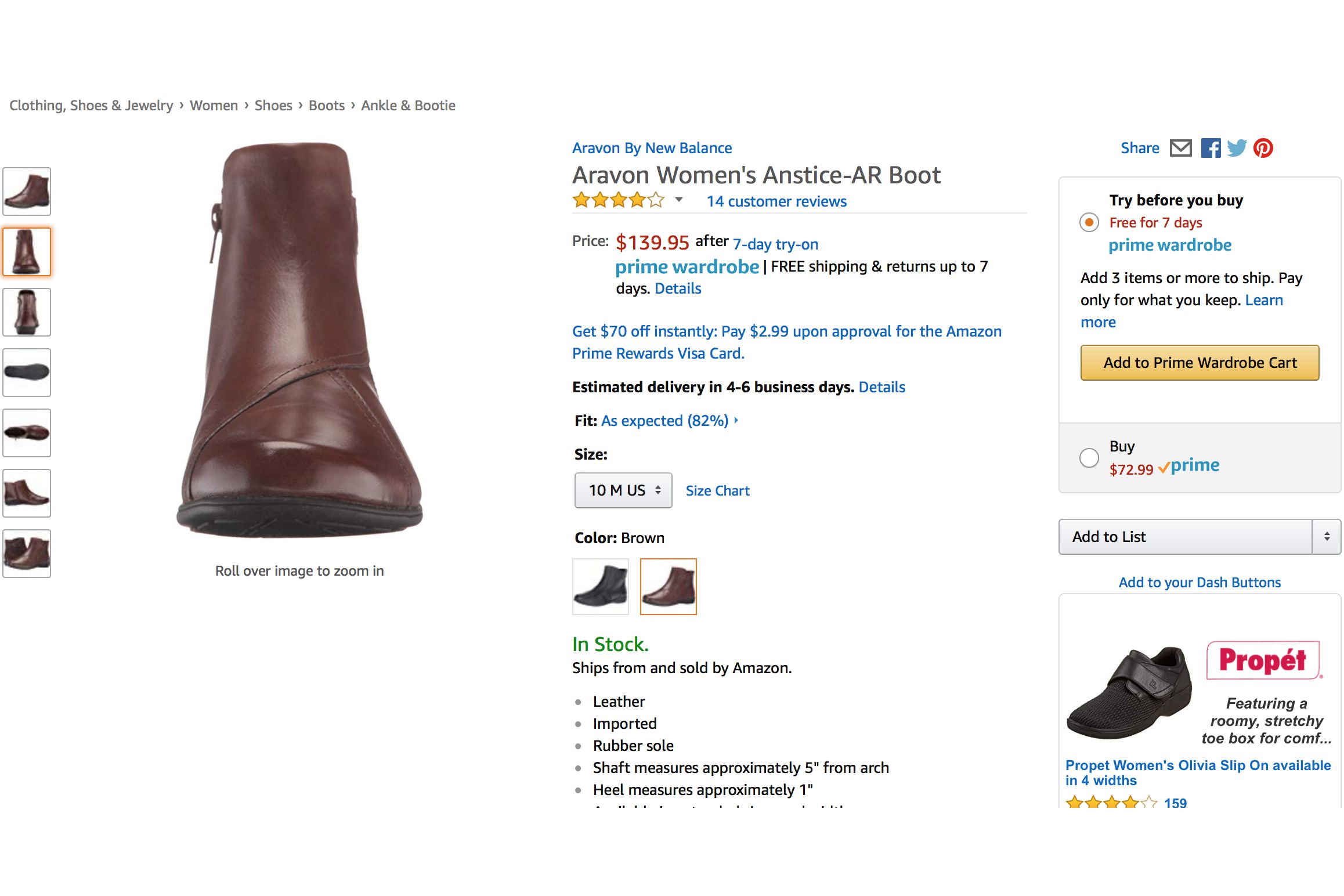
At least a couple times, I debated whether to try a pricey item, only to see that it was also available elsewhere, or even as a regular Amazon Prime buy, for significantly cheaper. For instance, I was tempted by a pair of $140 Aravon women’s boots, but as I weighed whether to put them in my Prime Wardrobe cart, I saw that I could get them through regular Prime for $73. Say what? The same thing happened with a pair of JAG skinny jeans. Through Prime Wardrobe, they were $80, even though they’d be only $56 through regular Prime. Given that you could just buy the clothing for the cheaper price and return it using Amazon’s regular free return policy, Prime Wardrobe doesn’t make much sense in these situations.
Related: Dead Fashion Brands We Miss
Shipping Was Slower Than I Expected
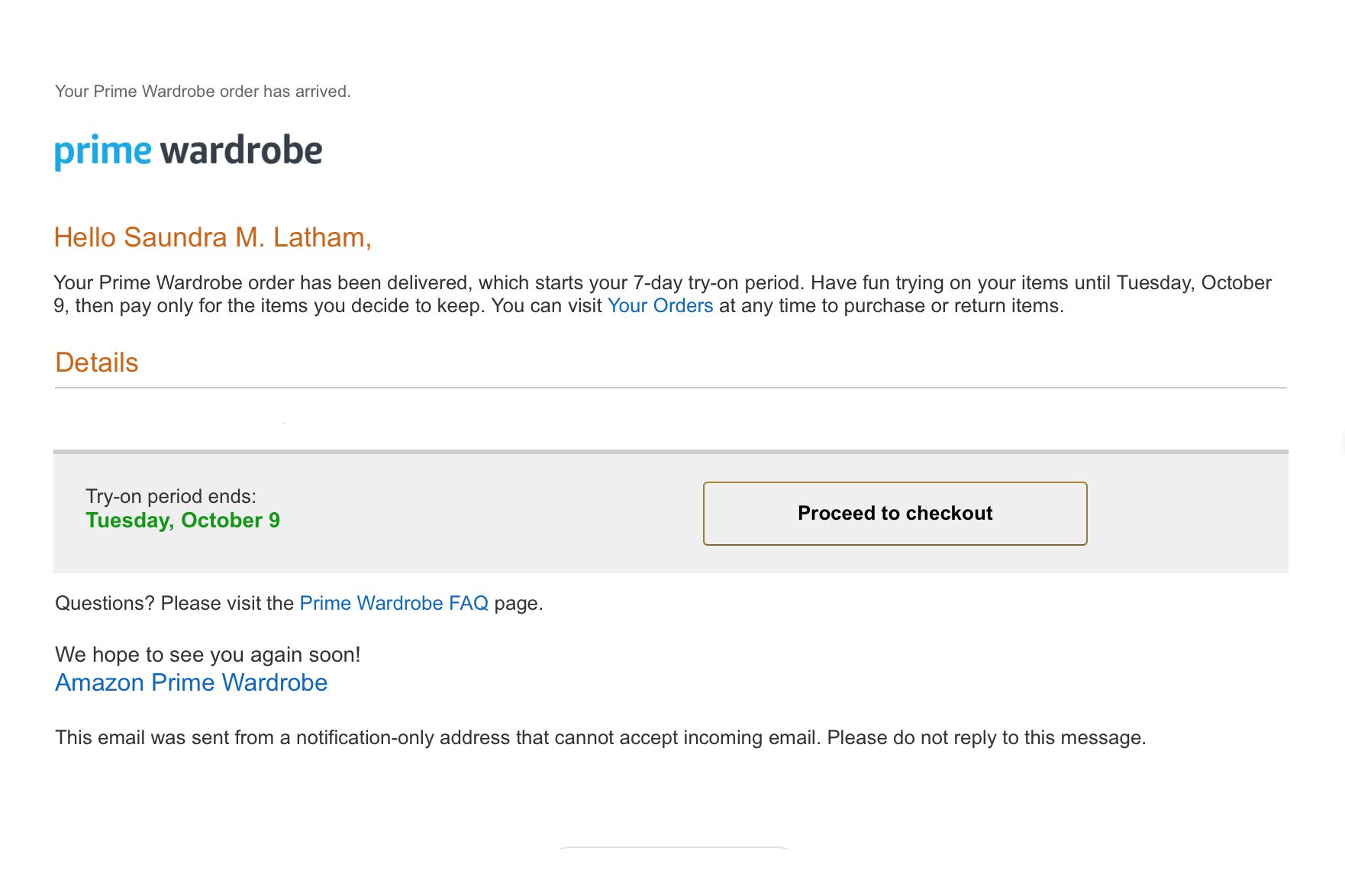
Items Were Well-Packaged and Instructions Were Clear

The Quality Was Good

Aside from a somewhat beat-up shoe box, there was little sign that the items I’d received might have been tried on repeatedly. I was most curious about items from Amazon’s brands, so I ordered a few to assess their quality. A Lark & Ro poncho had a pleasantly weighty feel and a nice drape, but for the price, $99, I’d expect nothing less. A $28 terry cotton Daily Ritual sweatshirt was pleasantly soft and well-designed, with side slits and a feminine fit. The Amazon Basics workout T-shirts were a bit too thin and clingy, but the quality was on par for what I’d expect for $9 each.
Related: Clothing Brands Still Made in America
I Decided to Keep Just One Item
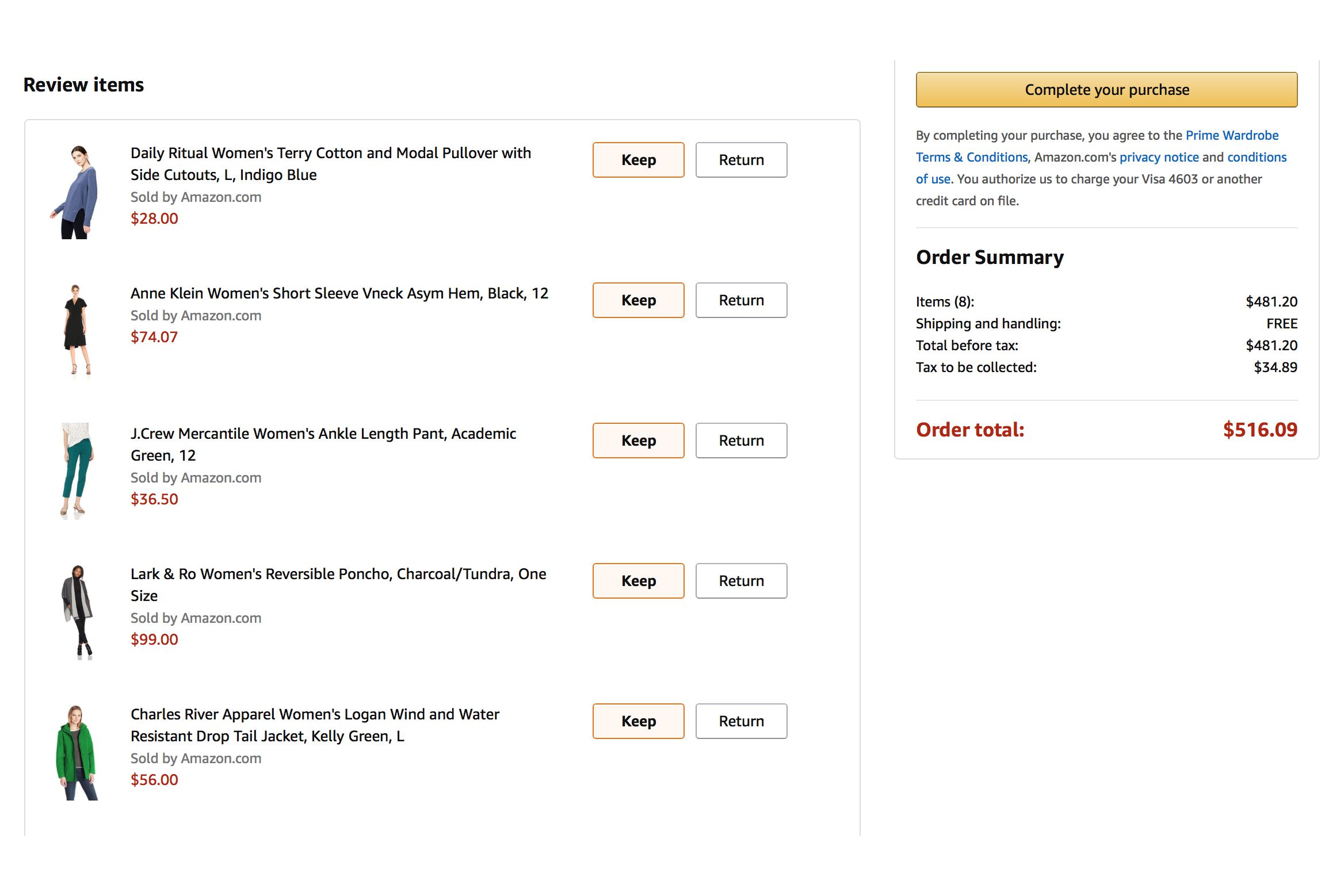
Though I ordered the maximum Prime Wardrobe allows, eight items, I kept only one thing: A $30 pair of boyfriend jeans. While most of the items I ordered did fit, they didn’t necessarily flatter. The $74 little black dress from Anne Klein? More matronly in person than in the pictures. The $99 Lark & Ro poncho? Try as I might, I just don’t think I’m a poncho person. And while I liked the $140 Cole Haan booties, I didn’t love them — and I’d really need to love them at that price.
Returning Stuff Was Easy-Peasy
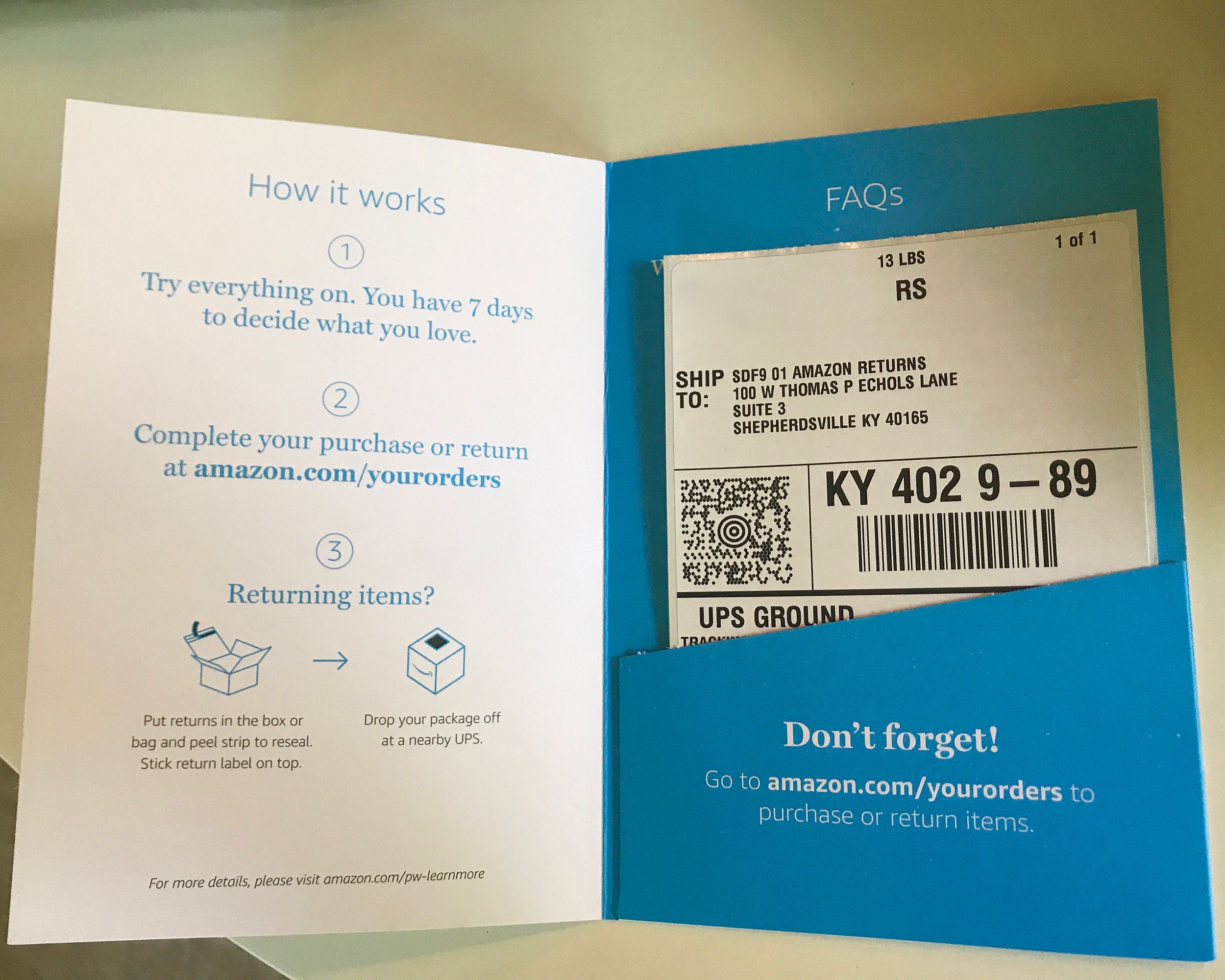
Once I was through with my personal fashion show, I went back to my Amazon account and marked what I’d be keeping and what I’d be returning. I sighed with relief as I watched my total drop from a potential $517 to just over $32. Then I folded up all the rejects, put them back in the box, and sealed it up. I didn’t even need to go searching for packing tape, as Amazon included an adhesive strip on the box. I slapped the return shipping label over the original one, then dropped it off at the UPS store the next day.
I’ll Probably Use Prime Wardrobe Again — Just Not Often

Going forward, I can envision using Prime Wardrobe when I need something particular, like a special-occasion dress, a pair of shoes, or even a good sports bra. Then I can order several sizes or styles in one go, boosting my chances of success before I have to set food in a store. But otherwise, I’ll probably stick to my normal spins through T.J. Maxx or Nordstrom Rack. Prices are lower, I know immediately whether something is available in a certain size or style, and for me, it’s just more fun to browse in person.
Related: I Shopped at an Amazon 4-Star Store and This Is What Happened
